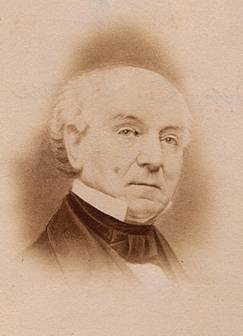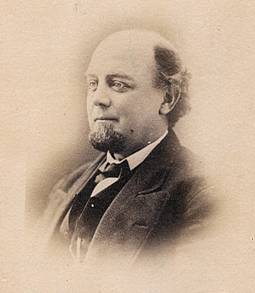New York City Draft Riots
By Alice Askins, Site Manager of Rose Hill
In July of 1863, Congress created a military draft and New York City men rioted in protest. Most of the rioters were working-class Irishmen. They were angry about several things: they resented being required to go to war; they resented that wealthier men could pay a $300 fee and hire a substitute for the army; they feared having to compete with freed slaves for jobs; and they were aggrieved because black Americans (who were not considered citizens) were not subject to the draft. The draft protest soon turned into an ugly race riot. The police were overwhelmed.
President Lincoln sent several militia and volunteer regiments to control the city. Unfortunately the soldiers did not arrive until the third day of violence, when mobs had looted and destroyed fifty public buildings, churches, and houses. Rioters especially targeted black peoples’ homes and the properties of abolitionists. Nobody knows the numbers for sure, but at least 100 African Americans were murdered, and at least two thousand people were injured. The rioting started on Monday, July 13, and was finally put down by the arriving troops on Wednesday and Thursday.
Here in Fayette, Robert Swan wrote to his father Benjamin in New York on July 27, 1863, about the draft.
The Draft has taken place in Auburn Cayuga Co. for this District & quite a number of my neighbors have been drawn, vz Mr. Faster & his hired man, two of Mrs Stacey’s sons, William & George, one of James Rogers sons, & one of the Kimes boys & both of Mr Noyes hired men. There was no disturbance all was quiet down at Auburn. At Seneca Falls they were beginning to be very noisy & they sent for the Sheriff & his posse who went down & soon made order and good feeling. The Draft in Ontario Co at Canandaigua takes place for the Town of Seneca…they have a good military force stationed at Canandaigua to repress any disorder that may arrise & which ought to have been the case in the City of N. Y. No one on this farm was Drafted.
It is difficult to decide exactly what Robert thought about the Civil War, from what he said about it in a letter to his brother Edward in February of 1861:
…I think the South has committed wrong and is doing all she can, yes more than all the Rabid Abolitionists, to free their slaves and to improve themselves…. Mr. Lincoln will be inaugurated on the 4th of March next and then we will see what they will do. Already the Northern rodes and cities are being benefitted by the insane and suicidal policy of the Seceding States, poor and starving, making war upon the Federal Government is all nonsense and it really makes me vexed to see Northern men go on and make such fools of themselves about the South…. [Southerners] are not honest or they would have like men stated their grievances and taken a constitutional mode of redress. No it is the slave trade…they are after, and that the border states know and will never, no never permit.
The best interpretation might be that Robert saw faults on both sides of a complicated issue, and that he assumed that Edward would follow his thinking even if he (Robert) did not explain himself with careful clarity.



